Twice as fast, if you can get a signal.
The upgrade is the first of several initiatives to be completed as part of AT&T's overall network enhancement strategy. The company's current HSPA 3.6 Mbit 3G service is already giving AT&T bragging rights to operating America's fastest mobile network, and the update will enable mobile data throughput of up to twice as fast.
Apple's iPhone 3GS, which shipped last summer, is already equipped to take advantage of the faster tier of 3G service. At the same time, the company's network is being dinged by customers for its spotty coverage limitations, particularly in specific areas.
AT&T said the upgrade increases the company's network efficiency and will help in "generally improving consistency in accessing data sessions" for its customers. Additional work now underway and continuing through the next two years will, the company said, "dramatically increase the number of high-speed backhaul connections to cell sites, primarily with fiber-optic connections, adding capacity from cell sites to the AT&T backbone network."
The initial deployment of backhaul improvements is already underway in the six markets AT&T previously announced: Charlotte, Chicago, Dallas, Houston, Los Angeles, and Miami, with "capabilities being turned up on a site-by-site basis beginning last month," the company reported, adding, "We anticipate that the majority of our mobile data traffic will be carried over the expanded fiber-based, HSPA 7.2-capable backhaul by the end of this year, with deployment continuing to expand in 2011."
"We are focused on providing our customers with the industry's best combination of mobile broadband speed, performance, coverage and available devices," said John Stankey, president and CEO of AT&T Operations, who announced the network updates at the Citigroup 20th Annual Global Entertainment, Media & Telecommunications Conference today. Â
LTE in the works as well
"As we light up new backhaul connections across the country," Stankey said, "we're able to deliver a meaningful 3G speed boost for millions of customers who are already using HSPA 7.2-compatible devices. Â At the same time, we're also looking to the future with these backhaul enhancements, which will support our move to next-generation LTE technology starting in 2011."
The company said it is designing its new backhaul deployments to accommodate both faster 3G and future "4G" LTE deployments. "AT&T currently plans to begin trials of LTE technology this year, and to begin LTE deployment in 2011, matching industry time lines for widespread availability of compelling devices and supporting network equipment."
"Even as we look forward to LTE, 3G will be the predominant mobile broadband network technology worldwide for smartphones for the next few years," Stankey said. Â "AT&T's strategy will deliver faster 3G speeds over the next two years, while also allowing us to build the foundation for the LTE future."
The 3G and LTE upgrade initiatives "follow a series of major enhancement projects in 2009 that have dramatically enhanced performance of AT&T's wireless network." Last year, the companies says it deployed five times the number of backhaul connections compared with 2008. Additionally, the company reported that in 2009 it deployed high-quality 850 MHz spectrum in hundreds of markets to support 3G services and added thousands of new cell sites to expand and enhance 3G coverage. Â
"All told, in 2008 and through Q3 of 2009 AT&T invested approximately $19 billion toward wireless, with a focus on expanding and enhancing network capabilities, including network infrastructure, spectrum purchases and acquisitions," the company reported. It also claimed that "these efforts have resulted in AT&T continuing to deliver the nation's fastest 3G network, and in delivering 3G national call retainability of 98.92 percent, meaning that only 1.08 percent of calls are dropped nationwide, based on 3G-specific, internal data."
Can you hear me now?
At the same time, the company has still not directly addressed serious problems in New York City and San Francisco, which are both dealing with of large numbers of iPhone users while suffering from challenging density and topographical issues.
In the holiday quarter, Apple shipped an estimated 8 to 10 million additional iPhones, many of which are being plugged into AT&T's US network. While the company has promised to deploy its MicroCell 3G to help alleviate service holes in specific locations for its paying subscribers located in areas of poor reception, it is still limiting the appliance to just a few test markets around the country and refusing to comment on its future plans.
The Duke Nukem MicroCell perpetual beta
One reader reports, "I was visiting family over the holidays in San Diego, where they're 'testing' [the 3G MicroCell]. I went to the store and was very up front: I told them I was from out of town, and if it wasn't going to work when I got home that I didn't want one. They punched in my address and assured me it would work. And it did, for about a week. Apparently there was a bug that was allowing my address in Santa Clara to be accepted. They 'fixed' that, which bricked my MicroCell.
"Their response is that I must ship the unit back to the store in San Diego for a refund. They've been 'testing' these things for, what, nine months now? And now I feel like the kid in those bank commercials who is given a toy only to have it taken away by a boob in a suit with a fake smile on his face."
 Prince McLean
Prince McLean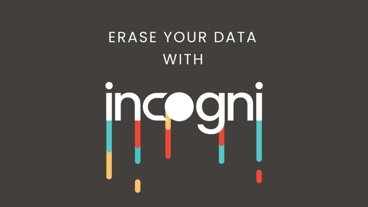






-m.jpg)





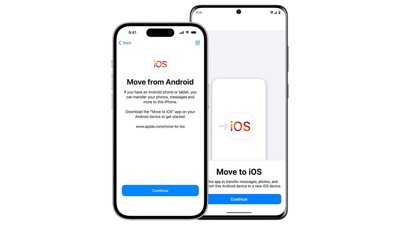
 Amber Neely
Amber Neely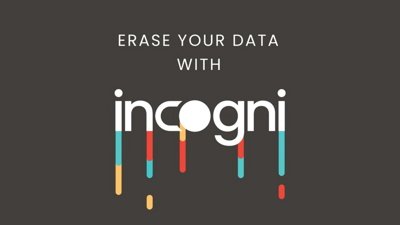
 Sponsored Content
Sponsored Content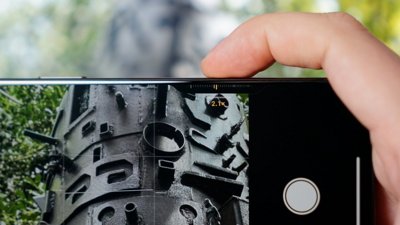
 Charles Martin
Charles Martin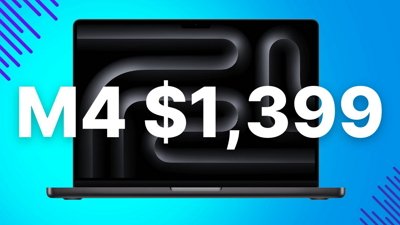
 Christine McKee
Christine McKee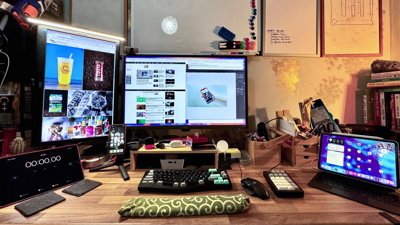
 Malcolm Owen
Malcolm Owen
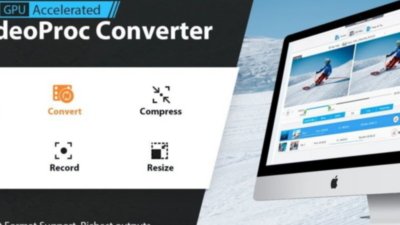

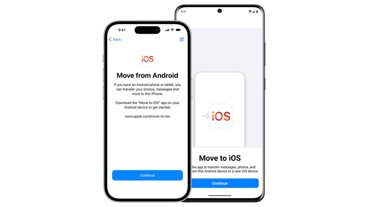
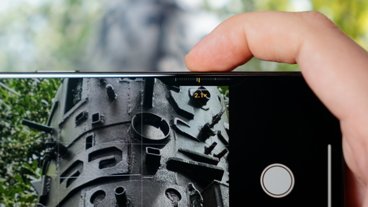








43 Comments
Ding. Ding. Ding.
This is what they were doing instead of bring regular ol' 3G service to my area, I guess.
And what's with the extreme overuse of the term 'backhaul'? Is that this month's
industry buzzword or something? Eww.
Reminds me of the whole "Mission Accomplished" sign fiasco...
Actually backhaul has nothing to do with the wireless. But it does connect the cell towers to the internet and vice versa. Anyway, nice to hear that they're doing that... but where's the real expansion? You know, the type of expansion that covers more cities than Verizon?.. or something to that effect. Which is why I stick to T-Mobile, b/c the coverage is just as good (or bad) as AT&T's, except that there aren't as many iPhones on the network
Houston was supposed to be upgraded. If so, I can't tell a difference. Doing a speed test depends ENTIRELY on from where you request the test. I get from 1.5Mb/s to .25 with Speed Test. You really can't tell what you're getting when contacting a particular server.
"That word, I do not think it means what you think ita means.?
Reminds me of the whole "Mission Accomplished" sign fiasco...